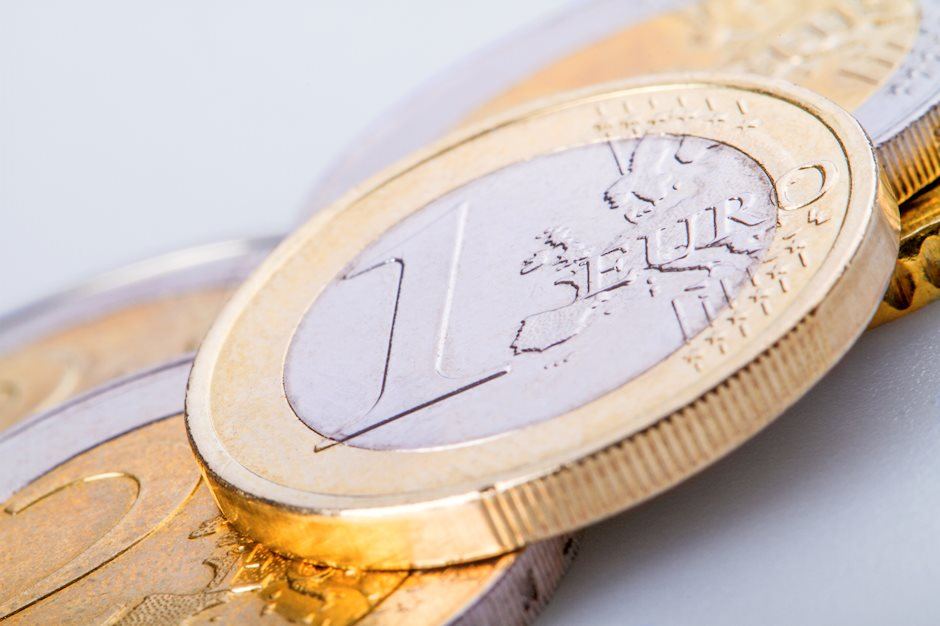EUR/USD holds gains above 1.0400 as rising odds of the ECB delaying further rate cuts
- EUR/USD appreciates as traders expect the ECB to delay its further rate cuts due to a recent uptick in inflation.
- ECB’s Holzmann said that Trump’s tariffs lead to a slowdown in growth overall, but also create inflationary pressure.”
- The latest FOMC Dot Plot anticipates only two rate cuts, down from the previously forecasted four.

EUR/USD extends its gains for the third successive day, trading around 1.0430 during the Asian hours on Monday. The upside of the pair could be attributed to the remarks from the European Central Bank (ECB) Governing Council member Robert Holzmann.
On Saturday, ECB’s Holzmann said that the next interest rate cut by the central bank could be longer in coming after a recent uptick in inflation, per Reuters. He also said, “I don’t see rate increases at the moment.” “One probable scenario is that Trump’s tariffs lead to a slowdown in growth overall, but also create inflationary pressure.”
Moreover, the potential upside of the EUR/USD pair might be limited as markets continue to digest the US Federal Reserve’s (Fed) hawkish pivot. The Fed cut its benchmark interest rate by a quarter point at the December meeting, and the latest Dot Plots indicated two rate cuts next year.
However, Fed Chair Jerome Powell said earlier this month that Fed officials "are going to be cautious about further cuts" after an as-expected quarter-point rate reduction. The Fed’s hawkish message is likely to support the US Dollar (USD) and act as a headwind for EUR/USD in the near term.
Economists broadly anticipate that the incoming administration of President-elect Donald Trump will implement tax cuts, tariffs, and deregulation, measures expected to fuel inflation. This could prompt the US central bank to adjust its outlook for the upcoming year.
Euro FAQs
The Euro is the currency for the 19 European Union countries that belong to the Eurozone. It is the second most heavily traded currency in the world behind the US Dollar. In 2022, it accounted for 31% of all foreign exchange transactions, with an average daily turnover of over $2.2 trillion a day. EUR/USD is the most heavily traded currency pair in the world, accounting for an estimated 30% off all transactions, followed by EUR/JPY (4%), EUR/GBP (3%) and EUR/AUD (2%).
The European Central Bank (ECB) in Frankfurt, Germany, is the reserve bank for the Eurozone. The ECB sets interest rates and manages monetary policy. The ECB’s primary mandate is to maintain price stability, which means either controlling inflation or stimulating growth. Its primary tool is the raising or lowering of interest rates. Relatively high interest rates – or the expectation of higher rates – will usually benefit the Euro and vice versa. The ECB Governing Council makes monetary policy decisions at meetings held eight times a year. Decisions are made by heads of the Eurozone national banks and six permanent members, including the President of the ECB, Christine Lagarde.
Eurozone inflation data, measured by the Harmonized Index of Consumer Prices (HICP), is an important econometric for the Euro. If inflation rises more than expected, especially if above the ECB’s 2% target, it obliges the ECB to raise interest rates to bring it back under control. Relatively high interest rates compared to its counterparts will usually benefit the Euro, as it makes the region more attractive as a place for global investors to park their money.
Data releases gauge the health of the economy and can impact on the Euro. Indicators such as GDP, Manufacturing and Services PMIs, employment, and consumer sentiment surveys can all influence the direction of the single currency. A strong economy is good for the Euro. Not only does it attract more foreign investment but it may encourage the ECB to put up interest rates, which will directly strengthen the Euro. Otherwise, if economic data is weak, the Euro is likely to fall. Economic data for the four largest economies in the euro area (Germany, France, Italy and Spain) are especially significant, as they account for 75% of the Eurozone’s economy.
Another significant data release for the Euro is the Trade Balance. This indicator measures the difference between what a country earns from its exports and what it spends on imports over a given period. If a country produces highly sought after exports then its currency will gain in value purely from the extra demand created from foreign buyers seeking to purchase these goods. Therefore, a positive net Trade Balance strengthens a currency and vice versa for a negative balance.
Author

Akhtar Faruqui
FXStreet
Akhtar Faruqui is a Forex Analyst based in New Delhi, India. With a keen eye for market trends and a passion for dissecting complex financial dynamics, he is dedicated to delivering accurate and insightful Forex news and analysis.
















